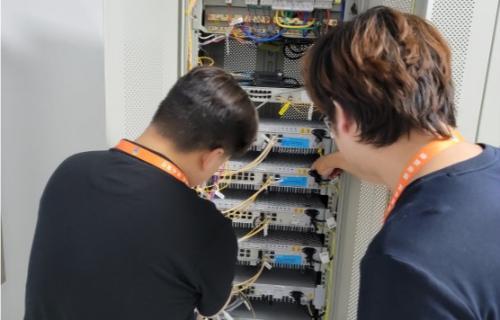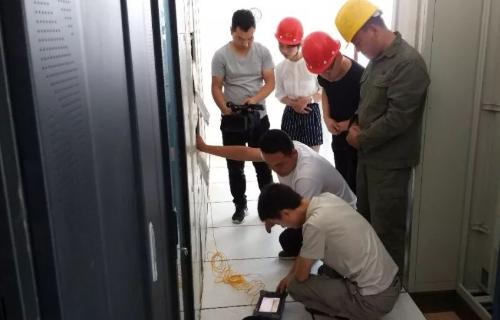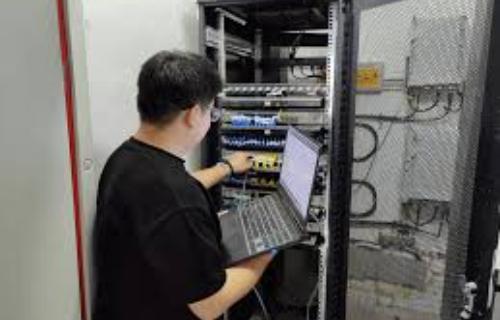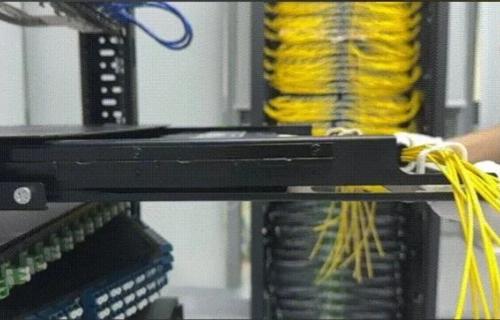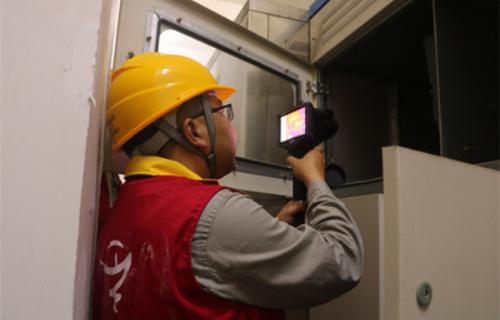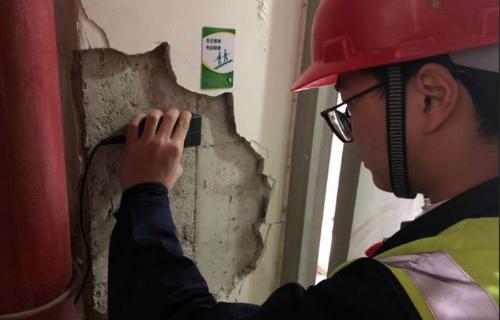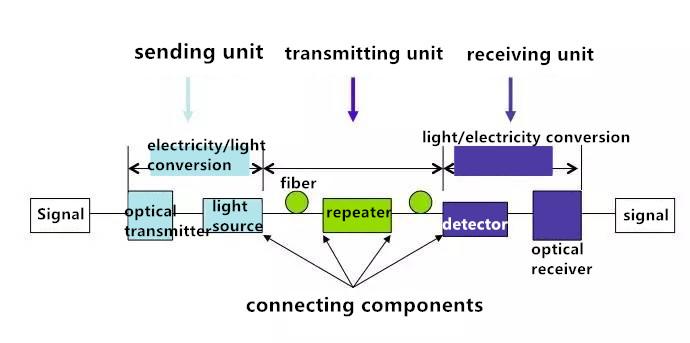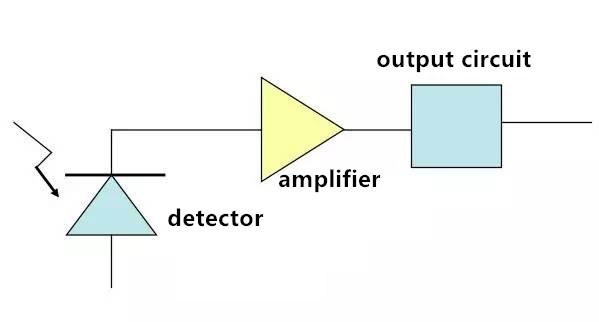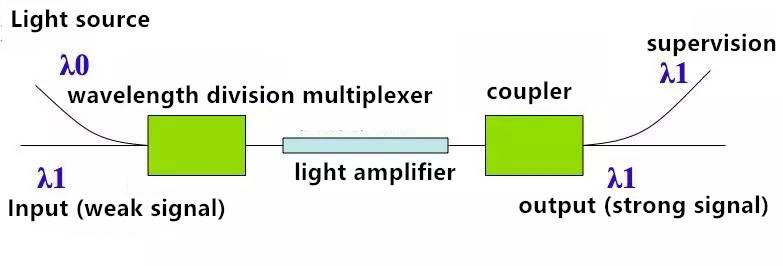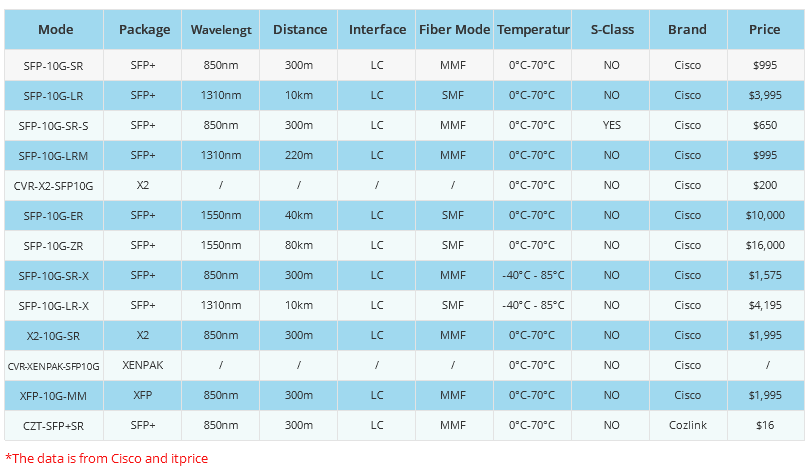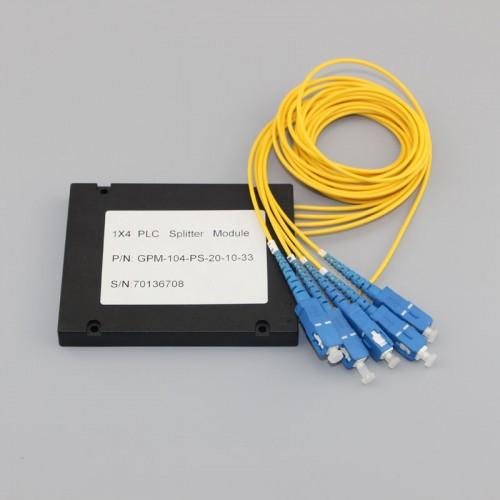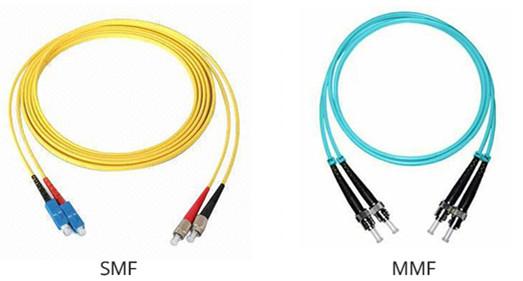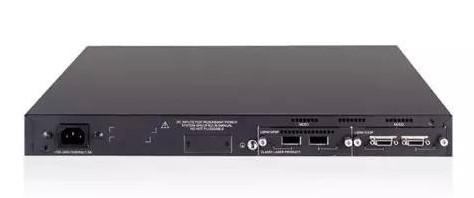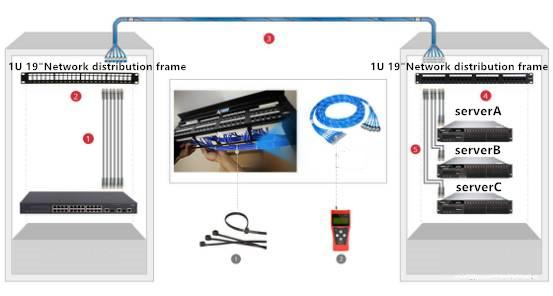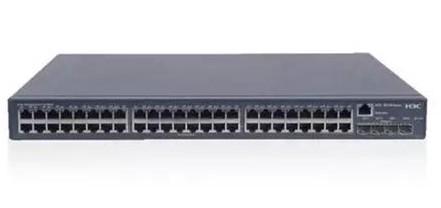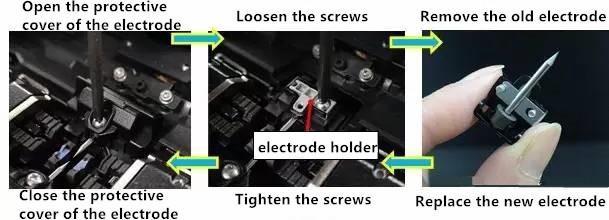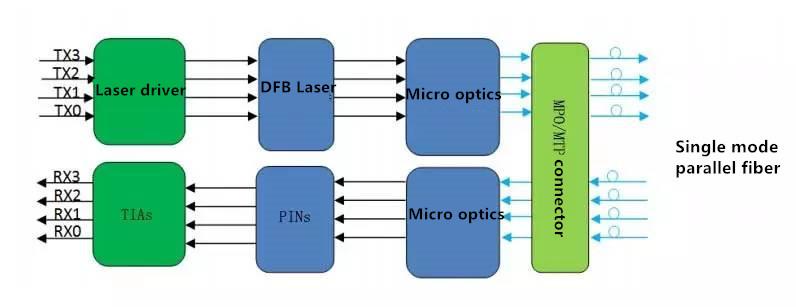- Related articles
- Difference between 100BASE T and 100BASE TX
- Optical Transceivers for Cisco WS-C3650-48PQ-E Switch
- All Cisco CWDM-GBIC-1530's information (List price, Specs, Datasheet PDF, Compatibility ma
- Optical Transceivers for Cisco IE-2000-16PTC-G-E Switch
- How to choose the fastest network card for Intel chipset server adapter?
- All Cisco GLC-FE-100BX-D's information (List price, Specs, Datasheet PDF, Compatibility ma
- Cost Effective Compatible Cisco Transceivers
- All Cisco DS-SFP-FC8G-ER's information (List price, Specs, Datasheet PDF, Compatibility ma
- What is PAM?
- Difference between GLC-LH-SM and GLC-LH-SMD

Common fiber nouns
1) Attenuation
Attenuation: light’s energy loss transmitting in single-mode fiber 1310nm 0.4~0.6dB/km 1550nm 0.2~0.3dB/km plastic multi-mode fiber 300dB/km.
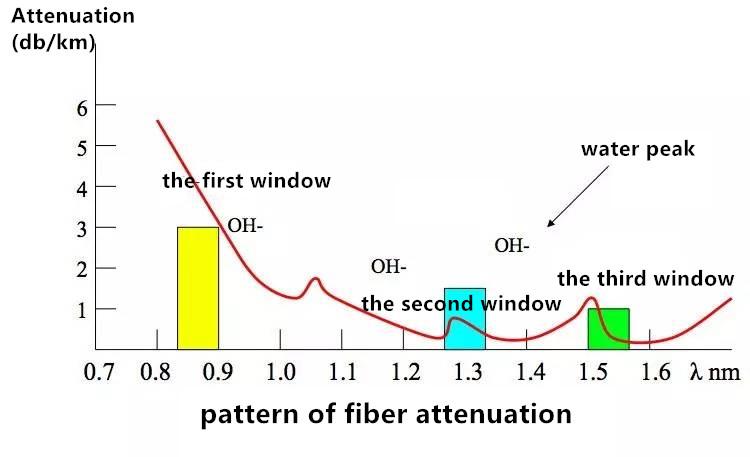
2) Dispersion
Dispersion: light pulse’s march for a distance along the fiber causes the wider bandwidth. It is the main factor that limits transmission rate.
Mode dispersion: it only occurs in multi-mode fiber as different mode lights transmit along different ways.
Material dispersion: lights with different wavelengths are different in gaits of march.
Waveguide dispersion: the reason is that light energy transmits in the fiber core and coating with relatively different gaits of march. In the single-mode fiber, changing fiber’s dispersion by changing its inner structure is very important.
Fiber types
G.652 zero dispersion point is around 1300nm
G.653 zero dispersion point is around 1550nm
G.654 negative dispersion fiber
G.655 dispersion shifted fiber
3) Scattering
As the imperfect light’s basic structure cause light energy loss, the light transmission has no good directivity anymore.
Basic knowledge of fiber system
The introduction to the basic framework and function of fiber system
1. Sending unit: turning electronic signal into light signal;
2. Transmitting unit: media carrying light signal;
3. Receiving unit: receiving light signal and turning it into electronic signal;
4. Interface unit: connecting fiber with the light source, light detector, and other fibers.
Common Connector Types
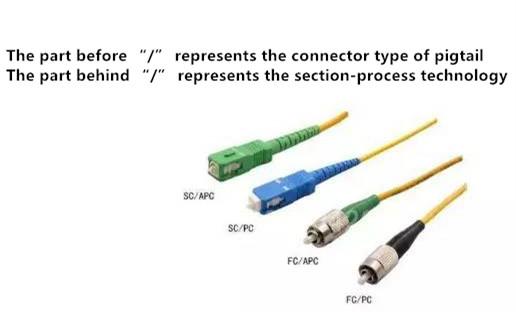
Coupler
1. Main function: redistributing light signal
2. Important application fields: fiber internet, especially the local area network
3. Application area: wavelength division multiplexer
Basic structure
1. A bidirectional passive device
2. Basic shapes: tree and star
——splitter corresponding to coupler
WDM
WDM—Wavelength Division Multiplexer transmits multi light signals in a fiber. These light signals’ frequencies and colors are different. WDM means the coupling of multi signals to the one fiber while wavelength division demultiplexer means the opposition.
WDM (legend)
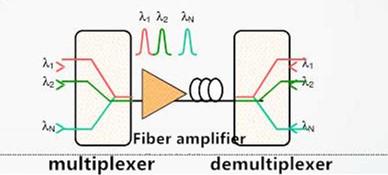
Sending unit
Receiving unit
Amplifier








































